
Basic Facts About Balance Disorders
Balance disorders can make you feel woozy, dizzy, or unsteady, as if you are spinning, floating, or in motion, even when you are standing, sitting or lying still. Problems with balance can be caused by subtle or not-so-subtle damage to brain tissue, inner ear problems, or medications. Fluid balance also plays an important role in balance. Taking a diuretic for high blood pressure, or consuming foods with too much salt, or becoming dehydrated can change the flow of fluids in the inner ear so that balance problems result. Balance disorders tend to "come and go," although balance disorders caused by brain damage tend to be persistent.
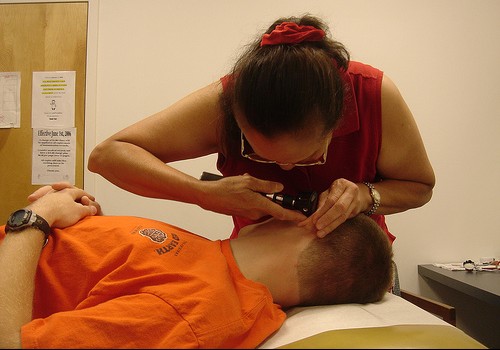
The Role Of The Inner Ear In Balance Disorders
Many balance disorders originate in the vestibular system of the inner ear. The vestibular system is the medical term for all the parts of the innermost structures of the ear that control the body's orientation in space at rest and in motion, not including the cochlea, which is responsible for hearing, but including the inner ear canals, and the utricle. The brain coordinates information it receives from the vestibular system to move muscles, tendons, and joints so that the body does not fall during motion and movements are made in the desired direction. The brain coordinates the inputs of the vestibular system with visual information from the eyes so that the body can navigate changes or obstacles in its path.
- Important notification about information and brand names used in this slideshow!
- Photo courtesy of Amy Watson by Flickr : www.flickr.com/photos/pandaposse/209996800/
- Barnett-Cowan, M., and Harris, L. R. (2009). Perceived timing of vestibular stimulation relative to touch, light and sound Experimental Brain Research, 198: 221-231. doi: 10.1007/s00221-009-1779-4.
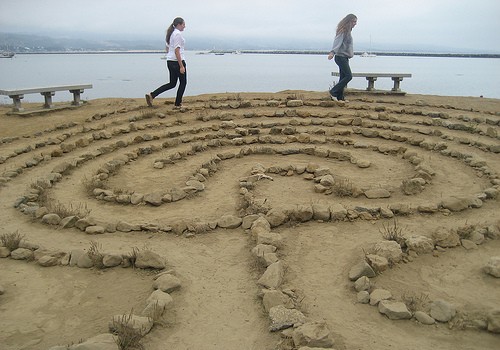
The Inner Ear Labyrinth
The labyrinth of the inner ear is a cavity in the temporal bone of the skull that houses the cochlea, which detects changes in pressure patterns in the air entering the outer ear as sound, and the vestibular system, which is responsible for balance. The labyrinth is connected to the brain through the eighth cranial nerve. The vestibular system lies close to the cochlea, but responds to changes in fluids in tubes running through this bone in the skull rather than to changes in air pressure that the ear detects as sound. Infection or inflammation of the labyrinth can result in a condition known as labyrinthitis, which can interfere with hearing, balance, or both.
- Important notification about information and brand names used in this slideshow!
- Photo courtesy of Pete Marshall by Flickr : www.flickr.com/photos/fleetingmomentsofbeauty/3854966672/
- Hyman, Libbie Henrietta (1992). Hyman's comparative vertebrate anatomy (3 ed.). University of Chicago Press. p. 634.
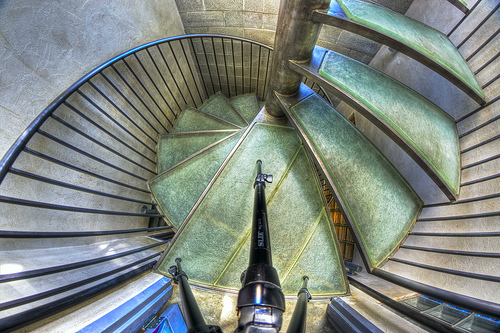
Symptoms Of Balance Disorders
The most common symptom of balance disorders is dizziness, a sense that you are not sure of where you are in relationship with other objects in your space. Balance disorders, however, don't just cause dizziness or vertigo. They can also cause blurred vision, especially blurred vision that seems to result from your head moving back and forth when your head is actually still. Balance disorders can cause lightheadedness or a floating sensation. You may have the sensation that you are about to fall, or you may actually fall. And balance disorders are often accompanied by nausea, vomiting, diarrhea, changes in blood pressure, changes in heart rate, anxiety, and/or general confusion.
- Important notification about information and brand names used in this slideshow!
- Photo courtesy of Bob Dass by Flickr : www.flickr.com/photos/54144402@N03/8740615864/
- Definition of vertigo. Merriam-Webster Online Dictionary. Retrieved 24 July 2013.
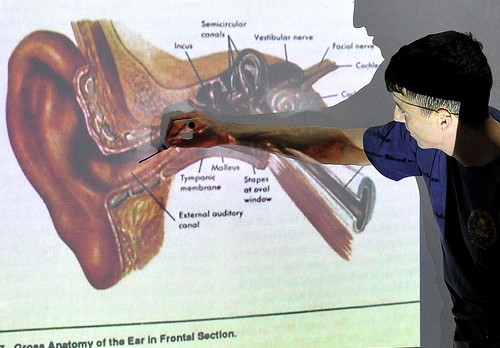
Causes Of Balance Disorders
More often than not, balance disorders originate in the brain. Either the brain is overwhelmed with a combination of visual information and inputs from the inner ear's vestibular system that are just too much to process, as happens to people riding roller coasters, or there is a temporary or long-term disruption of inputs to the brain or the brain's processing centers. Balance disorders are common in people who suffer migraine. Balance disorders can occur when the labyrinth of the inner ear is inflamed or infected by viral labyrinthitis, when there are fluid changes in the body as a whole due to fluid retention or dehydration, or in response to extreme emotions.
- Important notification about information and brand names used in this slideshow!
- Photo courtesy of Official U.S. Navy Page by Flickr : www.flickr.com/photos/usnavy/5887222973/
- Solomon D. Distinguishing and treating causes of central vertigo. Otolaryngol Clin North Am. Jun 2000
- 33(3):579-601.
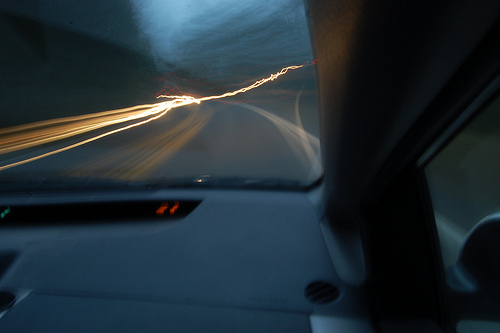
Motion Sickness
Motion sickness is a short-term but sometimes very unpleasant condition that is triggered by the activation of nerve cells that respond to the inflammatory chemical histamine. When the brain is overwhelmed by a combination of visual and spatial information when you are riding a car, bus, train, plane, boat, submarine, or amusement park ride, you begin to become "hyperallergic" in your digestive tract. You may just feel queasy, or you may have an uncomfortable sensation of nausea, or you may vomit for hours on end. Many people stop motion sickness in its tracks by taking a dose of Dramamine, or by drinking ginger ale, or by taking vitamin B-6. It also helps simply not to eat before you take a trip. If food is in your stomach, you won't become super-sensitive to it.
- Important notification about information and brand names used in this slideshow!
- Photo courtesy of Erik Fitzpatrick by Flickr : www.flickr.com/photos/22244945@N00/4236375540/
- Murdin L, Golding J, Bronstein A. Managing motion sickness. BMJ. 2011
- 343:d7430.

Types Of Balance Disorders
A doctor making a differential diagnosis of a balance disorder would consider at least Ménière disease (a condition also known as idiopathic endolymphatic hydrops), benign paroxysmal positional vertigo, a condition known as de debarquement syndrome, vertigo of various origins, and various kinds of inflammatory conditions that affect the labyrinth of the inner ear, as well as diabetes, thyroid disease, severely elevated cholesterol or triglycerides, tumors, stroke, circulatory problems in the brain, Lyme disease, migraine, sexually transmitted diseases, viral diseases of the brain, cerebral hemorrhage, and stroke. The doctor would also consider the possibility that symptoms are caused by medication, extremely low or high blood sugar, or allergy.
- Important notification about information and brand names used in this slideshow!
- Photo courtesy of Matt Roe by Flickr : www.flickr.com/photos/mattroeredux/6345750993/
- Paparella MM, Djalilian HR. Etiology, pathophysiology of symptoms, and pathogenesis of Meniere's disease. Otolaryngol Clin North Am. Jun 2002. 35(3):529-45, vi.
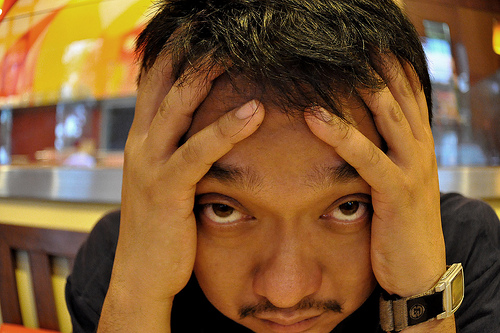
Ménière's Disease (Idiopathic Endolymphatic Hydrops)
Ménière's disease is a condition that affects about 1 in 500 people in the United States and almost 1 in 50 people in the United Kingdom. Although cases have bee recorded in children as young as 4 and adults as old as 90, Ménière's typically comes on in mid-life, causing a combination of four symptoms: hearing loss that comes and goes, dizziness or vertigo that comes and goes, tinnitus (usually a low, roaring sound), and a sensation of fullness in the affected ear. The condition can affect one or both ears. Ménière's is typically associated with changes in the fluid balance and fluid flow of the inner ear; avoiding excess salt in the diet can reduce symptoms.
- Important notification about information and brand names used in this slideshow!
- Photo courtesy of Fitz Gerard Villafuerte by Flickr : www.flickr.com/photos/fitzvillafuerte/4383533766/
- Paparella MM. Pathogenesis and pathophysiology of Meniére's disease. Acta Otolaryngol Suppl. 1991. 485:26-35.

Mal de Debarquement Syndrome (Also Known As MdDS)
Many sufferers of mal de debarquement syndrome, which is also known as MdDS, complain of a sensation of trying to walk on a mattress or a trampoline. Typically, the MdDS, which literally means, bad exit syndrome, occurs after someone has spent several hours to several days or weeks on a ship and can't find "land legs" for walking on steady ground. The syndrome seems to be caused by hyperactivation of the areas of the brain that process information from the inner ear. The brain continues to compensate for the rocking or rolling motion of a ship even after sea travel is ended. Motion sickness medications don't help, but sometimes tranquilizers slow down the activity of the part of the brain that causes symptoms.
- Important notification about information and brand names used in this slideshow!
- Photo courtesy of Ben Salter by Flickr : www.flickr.com/photos/ben_salter/3623291758/
- American MdDS Foundation, brochure, accessed 24 July 2013.

Balance Disorder Treatments
Motion sickness is the one balance disorder for which self-treatment usually works. Sometimes all you really need to do is to keep your eyes closed, or to fix on a single object (a book or a computer screen, for example), while you are in a moving vehicle. Other forms of motion sickness, however, require at least a preliminary examination by a physician to rule out serious health conditions. Relaxation techniques are often the best available treatment for the most persistent forms of balance disorders, such as MdDs. Avoiding excesses of diet can also help, especially avoiding excessive sodium in the form of salty foods.
- Important notification about information and brand names used in this slideshow!
- Photo courtesy of US Army Africa by Flickr : www.flickr.com/photos/usarmyafrica/5725063775/
- Shupak A, Gordon CR. Motion sickness: advances in pathogenesis, prediction, prevention, and treatment. Aviat Space Environ Med. Dec 2006. 77(12):1213-23.






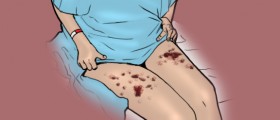








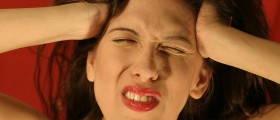


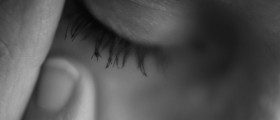


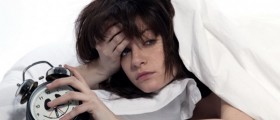



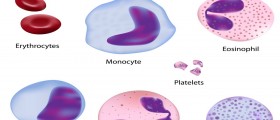
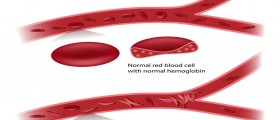
Your thoughts on this
Loading...